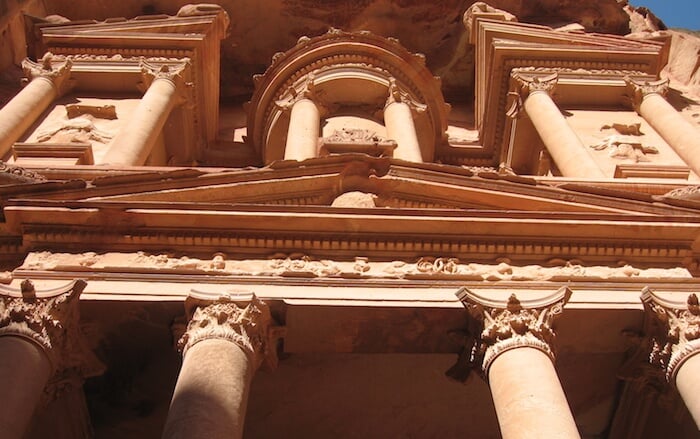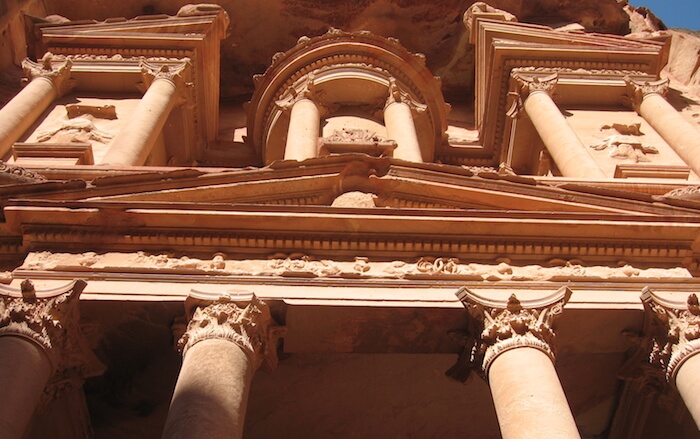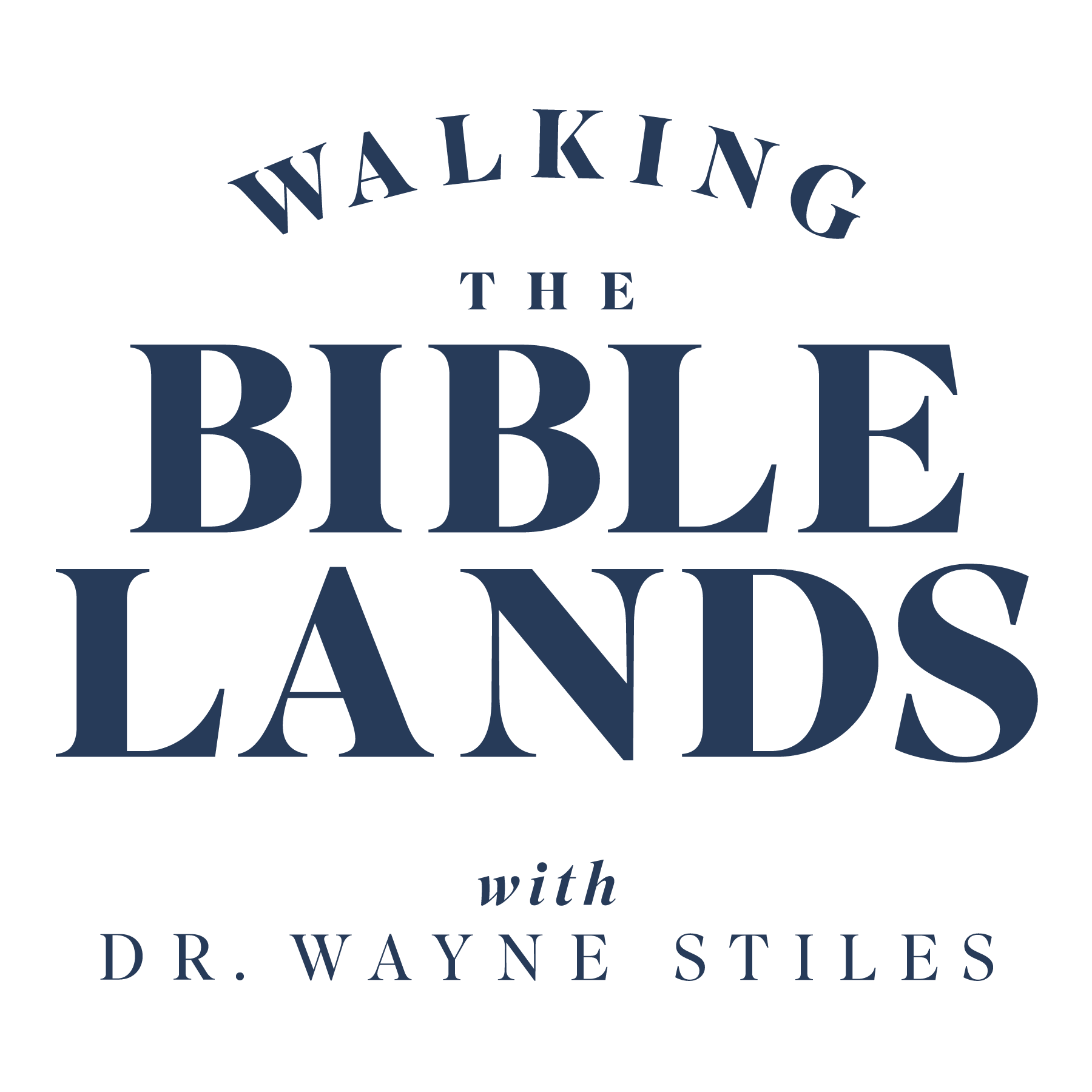
Fewer places on the planet offer a more suspenseful approach and rewarding visit than Petra in modern Jordan. Rose-hewn sandstone, rugged hills, and monumental facades—all accessible through a twisting narrow gorge—serve to inspire and amaze every visitor.

(Photo: The Treasury facade at Petra, Jordan)
The Nabatean capital served as the home for thousands of people in the first century. But a devastating earthquake in AD 363 crumbled much of the city—a disaster from which it never recovered.
For centuries, the location of Petra remained a secret. And the locals tried to keep it that way. It’s strange to think that for centuries the residents tried to keep infidels away from the beauty of Petra.
Today, however, they try to get as many of us there as possible.
The Nabatean Capital in Ancient Edom
Petra lies in the ancient land of Edom, the home turf of Esau—Jacob’s brother. Because petra means “rock” in Greek (Jesus gave Peter this name in Matt. 16:18), some equate it with the Old Testament site of Sela, a name with the same meaning in Hebrew (2 Kings 14:7; Isaiah 16:1).

(Photo: Walking the Siq in Petra)
The ancient Nabateans selected Petra as their capital because of its strategic location.
- Valleys provide tough points of entry to the city and gave the location tremendous security.
- The most famous entry bears the Arabic name, Siq, meaning “the shaft.” Most tourists enter the city through this narrow gorge that boasts walls as high as a 65-story building.
After the Siq snakes back and forth for a mile, it rewards each traveler with a stunning view of Petra’s most famous site.
(All pics courtesy of the Pictorial Library of Bible Lands)
Petra—Lost and Found
For centuries after its destruction, Petra’s location remained a mystery. The natives of the area kept its whereabouts secret.
But a Swiss man named John Lewis Burckhardt disguised himself as an Arab and convinced local guides to lead him through this area. He wrote of discovering Petra on August 22, 1812. You can get his journals today (there’s even a free Kindle version).
Although Petra’s whereabouts were make public after Burckhardt’s discovery, most Americans remained unaware of Petra until the 1989 movie, Indiana Jones and the Last Crusade.
Even though the movie came out more than 25 years ago, tour guides still boast of Petra as a location in the movie. It’s understandable, isn’t it?
It is a stunning place.
The Treasury
Often misnamed “the city of the dead,” Petra boasts 800 tombs carved from its sandstone walls. The most well known of these is called “The Treasury,” or Kazneh, because of the legend that a Pharaoh hid a treasure at the urn on top of the tomb.
Just a few other places of interest at Petra include:
- The High Place—a uphill hike near the Treasury leads to a high place where sacrifices were made. It’s a great place to see the surrounding hills of Edom.
- The Colonnade Street—A 300-yard long paved street dates from Romans times. The ruins reveal a columned street with markets, temples, baths, altars, and towers. In 1958 archaeologists found a dedicatory inscription to Trajan.
- The Monastery—Larger than the Treasury, the Monastery is a funeral monument façade that is much tougher to get to—but is rewarding. It likely gets its name from the crosses inscribed inside.
You can grab an excellent pictorial book about Petra by Fabio Bourbon, called, Petra: Art, History and Itineraries in the Nabatean Capital.
Tell me what you think: Have you been to Petra? To leave a comment, just click here.
Click here to leave a comment.
-1.png?width=5230&height=1198&name=unnamed%20(4)-1.png)

.jpg?width=350&name=Wayne-books-350wide%20(1).jpg)




